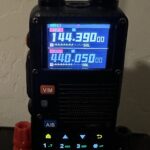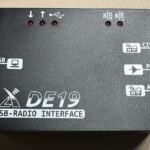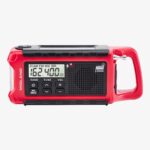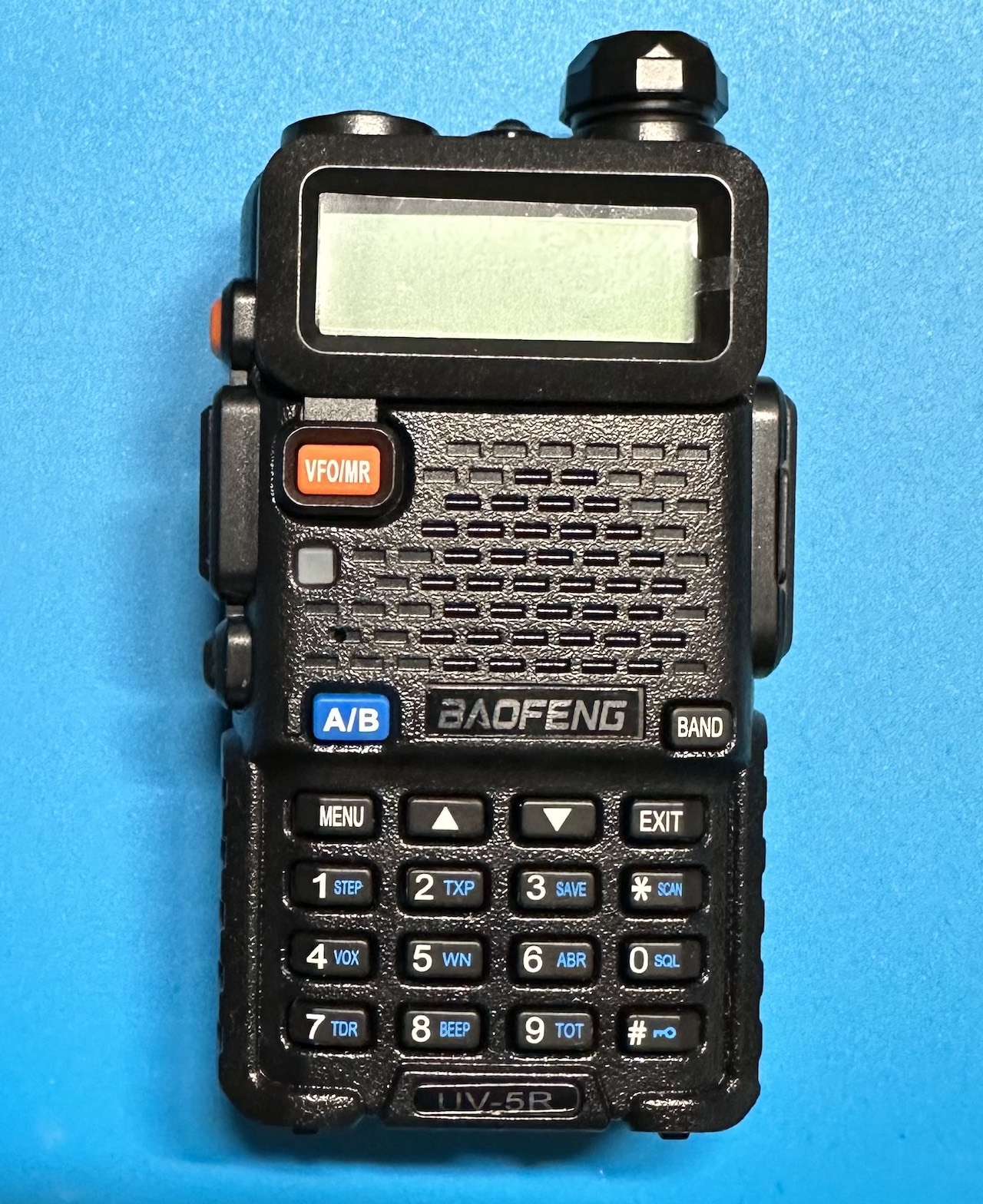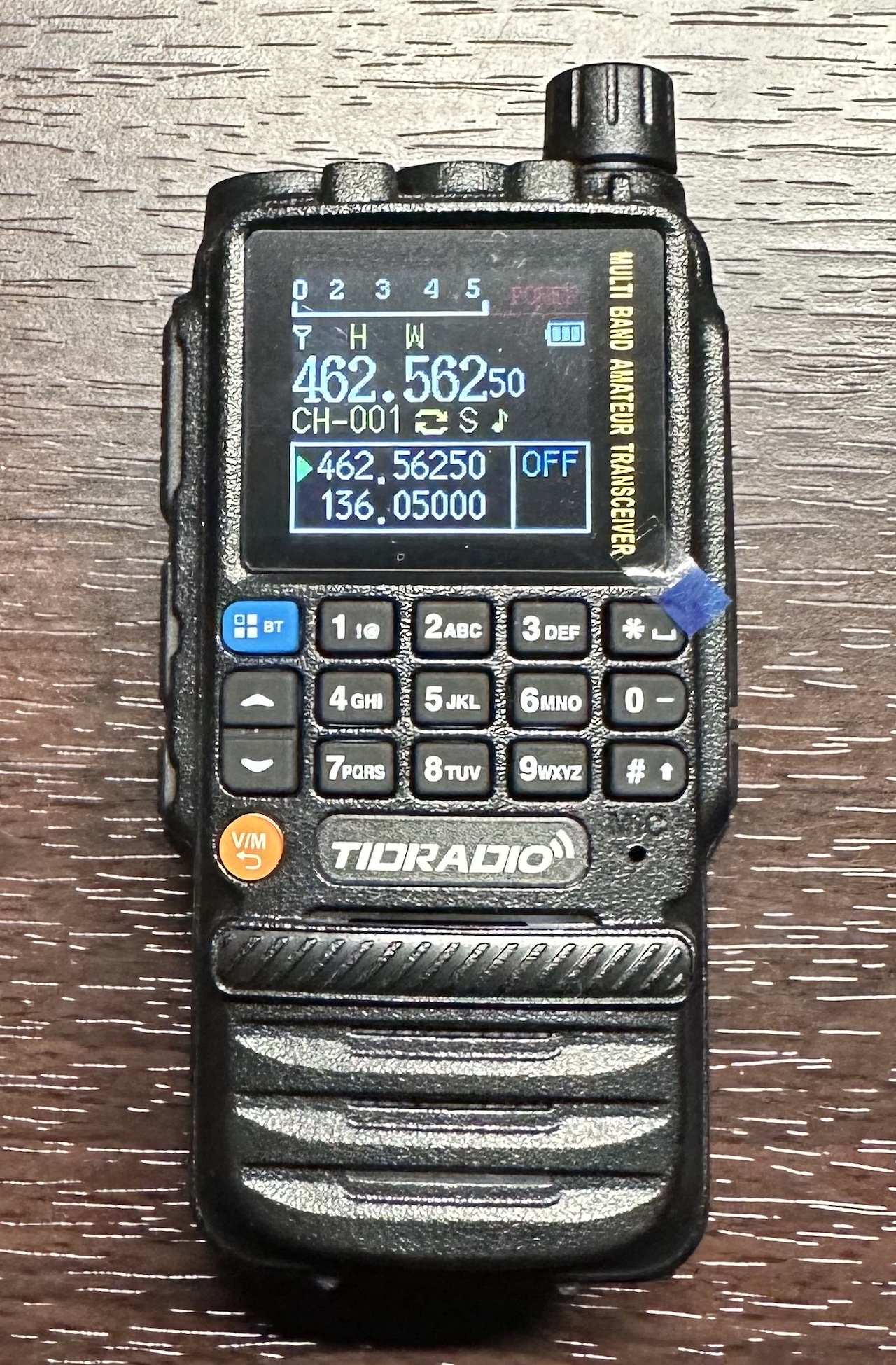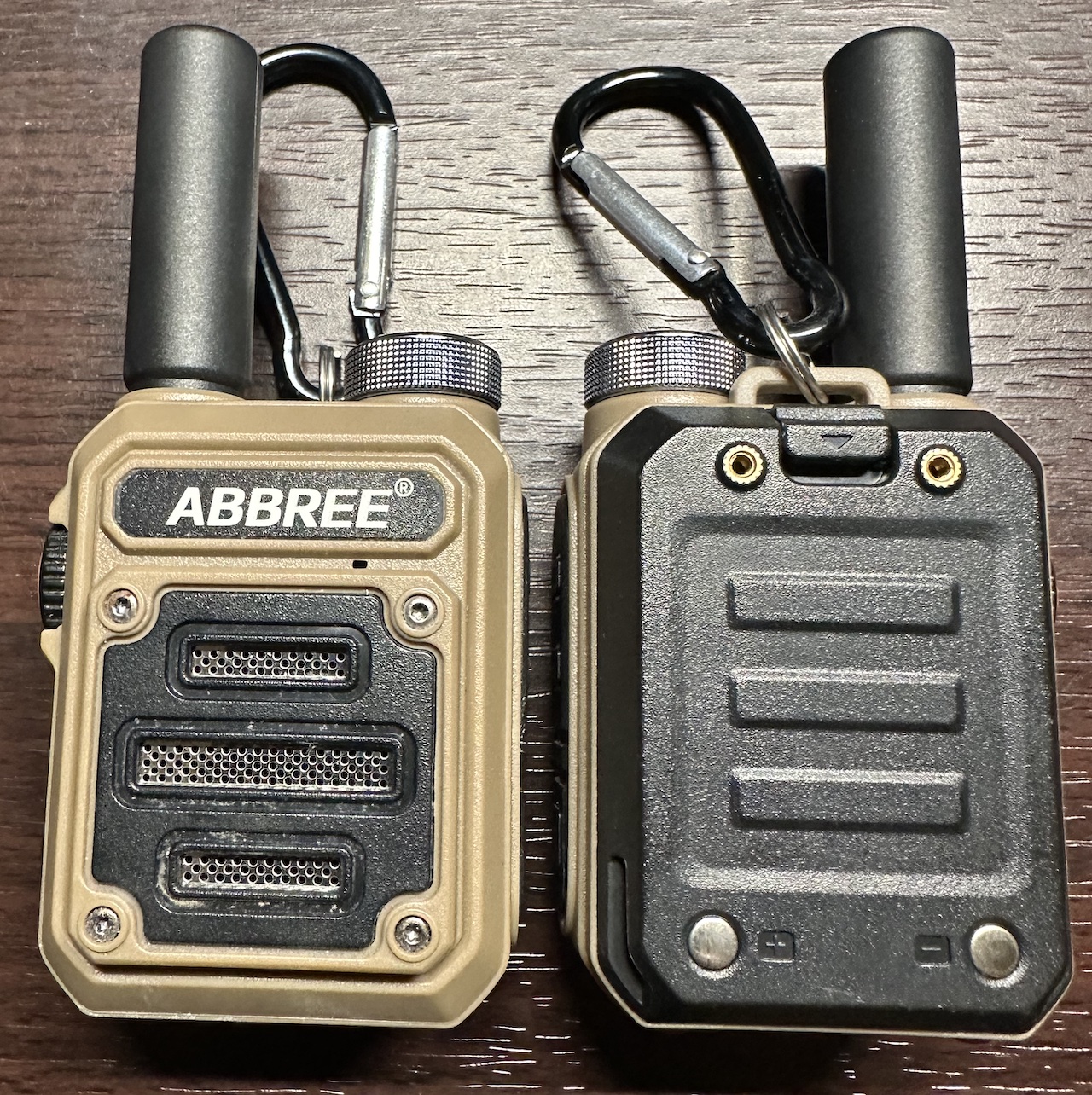AFFILIATE DISCLOSURE: The links listed below will contain AFFILIATE LINKS that are connected to a site that sells these items. They are affiliate links, where if you click on the link, and buy the item within a certain period of time, I will be paid a small commission for the sale, at no cost to you.
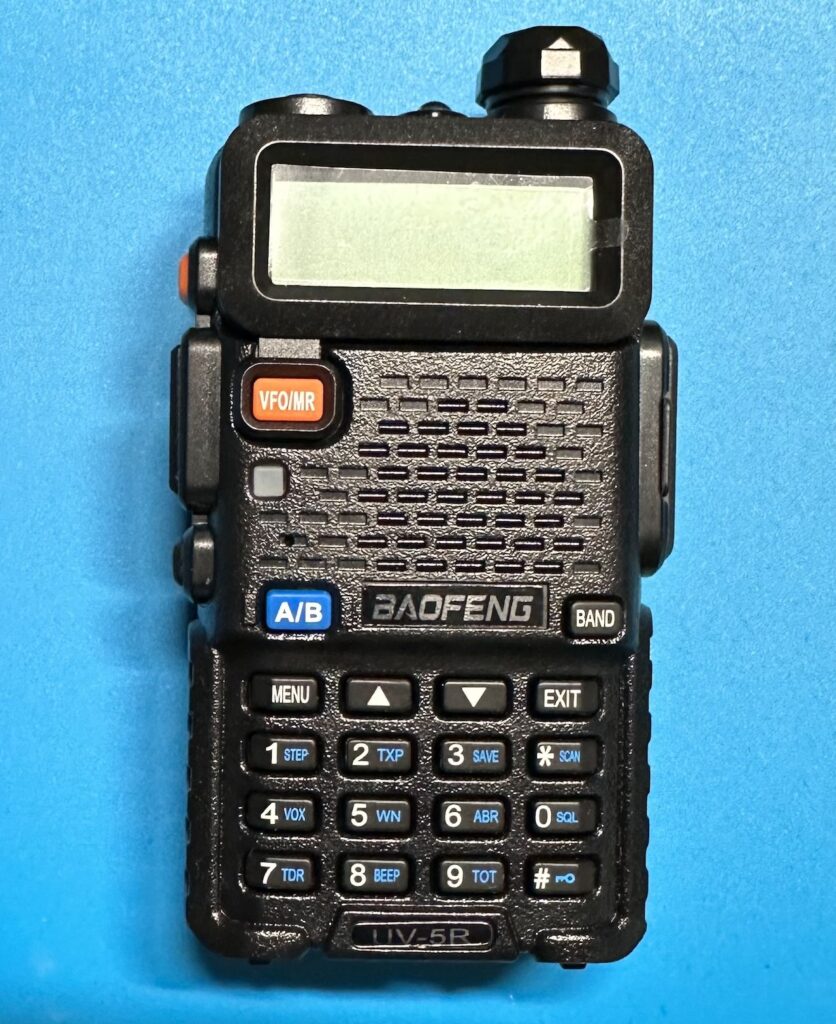
Baofeng UV-5R (AFFILIATE LINK) is a ham radio that works on 2m and 70cm bands. It is so popular that there are significantly more of these units sold than the number of ham radio licensees out in the world. Granted, I have quite a few of these since no two are alike, more on that later in the review, and they break so people replace it with another Baofeng UV-5R. What makes these radios so popular is you get a very simple dual band ham radio for an amazingly low price.
They definitely are not the best radios out there, but a good radio is one that works when you need it. And when it works, these do the job of communicating with people. So why do many survival sites, adventuring sites, and ham radio blog sites talk about this radio? Here are the features.
- Dual band transmitter (2m and 70m bands)
- Maximum 5 watts (depending on the model, I get from 6.7W down to 4.5W)
- Dual band AF dual monitor (sort of, it does dual monitor but not true dual band dual monitor)
- Listen to FM radio (some models sold around 2018-2020 does not have the FM radio chip)
- Wide band receiver (136MHz to 173.999, 400MHz to 519.999MHz)
- Programmable Memory Scan (scan a list of memory for activity)
- 128 Memory Channels
- Programmable Weather bands (can be programmed in one of 128 channels)
- Support for Lithium rechargeable battery packs
- 1800mAh Lithium battery
- Aftermarket Lithium battery of varying size
The UV-5R is not water or dust proof, though there are newer models of the UV-5R with a different model number that is to a degree (some claim IP67 rating), it definitely is not rugged (drop it a couple of times, and it will stop working), and models that claim 8W is not that powerful (best case I got 6.7W on 2m band with an amazing antenna).
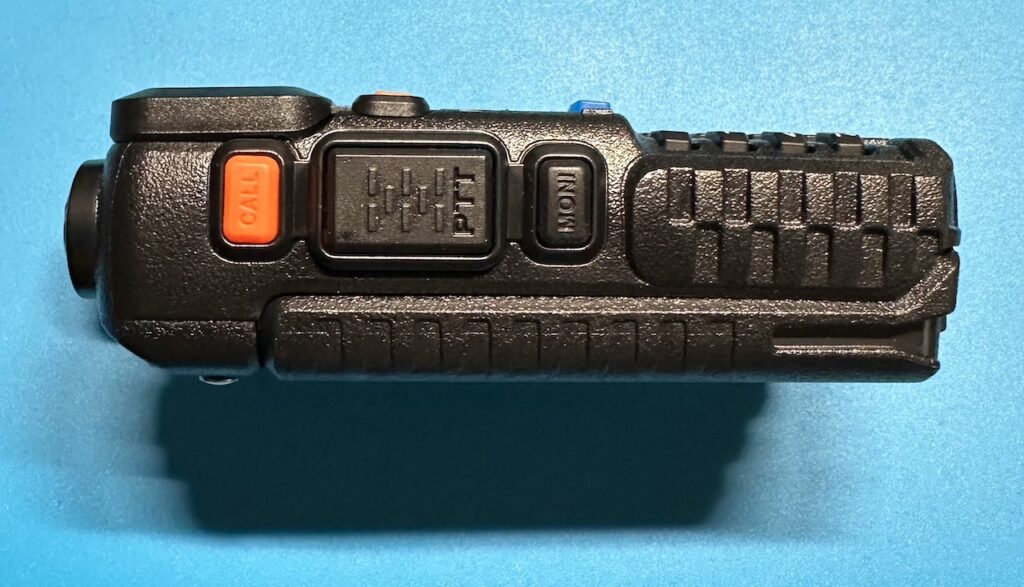
A short press on the CALL button (orange), if equipped with the FM radio chip, will put the radio in FM radio receiver mode. A long hold on the CALL button will send out a siren and blinking lights. The PTT (Push-To-Talk) button is use to talk. A short press on the MONI button will turn on the light above. A second short push on the MONI button will flash the light above, and a third push of the same button will turn off the light. A long push on the MONI button will open the squelch and monitor the channel/frequency selected.
How good is the distance of communication? This is a very difficult answer because when you order one of these, it is hit or miss. You get what you get based on what you pay for it. I have paid $25 and as low as $3, and the $3 one is not quite as good but good enough compared to the $25 model. But a great antenna with a solid working UV-5R, I was able to get about 10 miles in an open area (desert), and about 4 miles outdoors where it was a lot of hills and small mountains, and about 2 miles in a suburban area. With repeaters, I was only able to hit one about 10 miles away when I was outdoor, and less than 4 miles away when I was indoor. Of course, your mileage will vary.
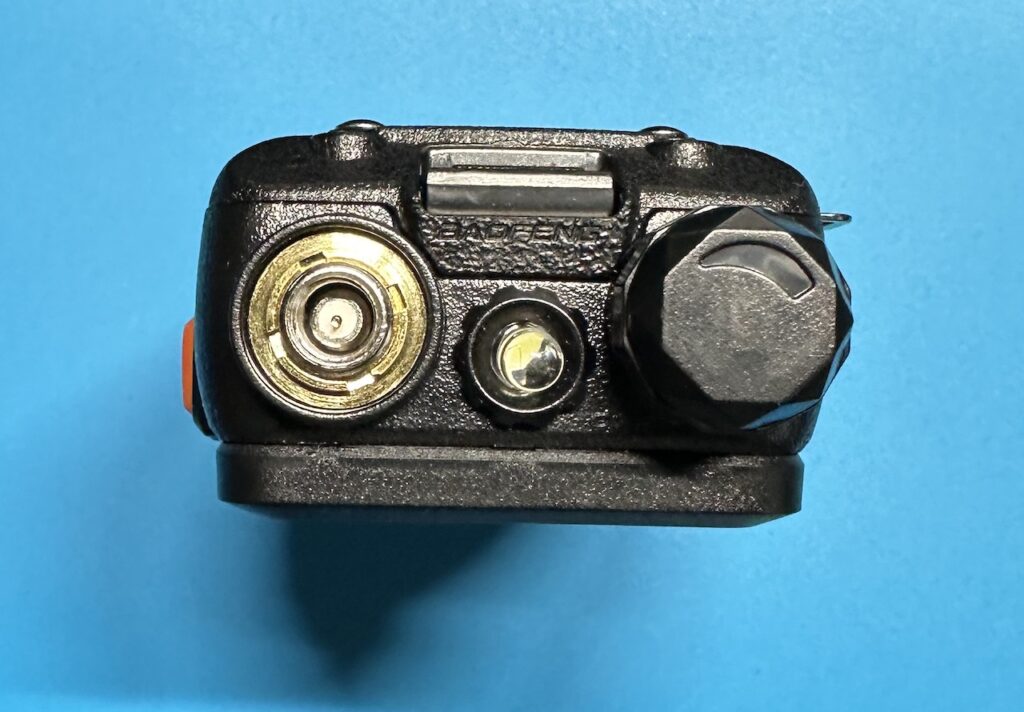
Communication is very clear with the right antenna (I usually attach a genuine Nagoya NA-771 antenna AFFILIATE LINK), and everyone I have spoken to said that I was loud and clear (5-9). It accepts an SMA Female antenna.
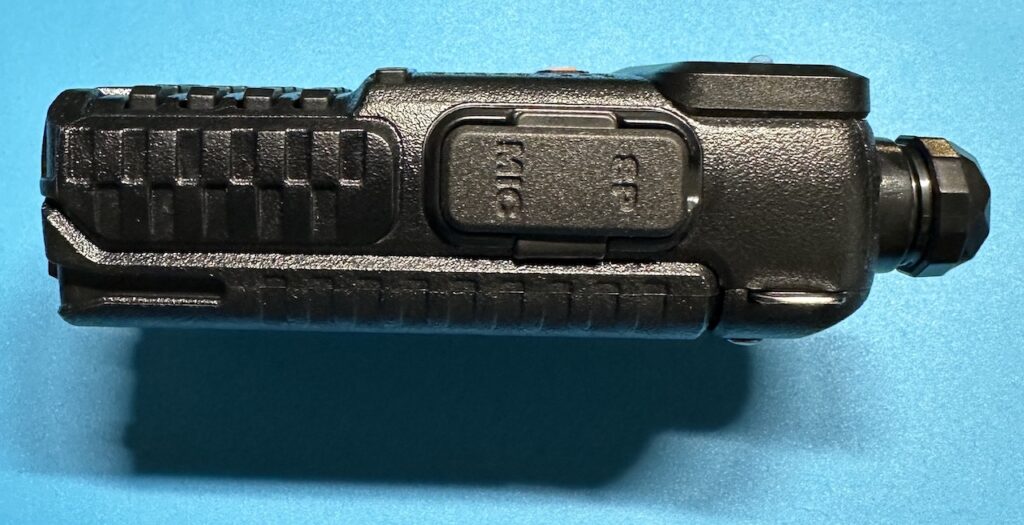
The audio from the built-in speaker is fairly loud and clear. The Speaker/Mic input on the side shown on the image above accepts a standard K connector, though some K connectors are too big to fit in the plug well, so the plastic may need to be shaved a bit.
Battery life is okay with the stock 1800mAh battery.
You really need the Baofeng programming cable (AFFILIATE LINK) to program these, though I learned how to program these out in the field in a pinch. You can use the Baofeng UV-5R CPS or CHIRP.
Now here are some interesting things you can do on a UV-5R.
It is illegal to use these this way unless it is an emergency, however, it can work on GMRS and GMRS repeaters as well as the amateur bands. Many people program both GMRS and amateur radio channels in the event of an emergency. You can scan in the frequencies the radio supports, so depending on your location, you may be able to listen in on emergency services channels (though it does not support trunked systems where many police bands are on). Just to reiterate, a ham radio license doesn’t supersede a GMRS license, and since these devices are FCC approved for 2m and 70cm amateur radio bands, even with a GMRS license, you cannot use these for GMRS unless it is an emergency. Get a GMRS radio and a GMRS license if you intend to use it on a regular non-emergency basis on GMRS bands.
There is a repeater box (AFFILIATE LINK) you can get for this radio and create an ad hoc repeater. It requires 2 UV-5R radios (one for receiving and one for transmitting), the repeater box with cables attached, and outdoor antenna far apart from each other (I usually set it up at least 20-40 feet apart – don’t bother with a repeater duplexer as it’s just not worth doing on $25 radios), and I also use an amplifier (40W) on the transmitting radio. Now, it’s no commercial repeater, but I got about 10 miles between the repeater and the radio (one radio was 10 miles from the repeater, and the other in direct line about 10 miles away from the repeater for a total of 20 miles between the 2 radios). Bear in mind, I set the repeater on 70cm, used the Nagoya NA-771 (AFFILIATE LINK) on both radios, and the 2 antennas for the repeater configuration were tuned to the 70cm band that I set the repeater radios for.
Pretty amazing for $25 radios, though the self-contained, solar powered battery based repeater setup for me all in was about $500 (I may write a document on how to setup the repeater configuration using 2 UV-5Rs in a portable case).
So, what’s bad about them? Each radio has its own personality. Not all of them transmit on the same power (it can range from 2W to 6.7W on High setting), some of the UV-5Rs have really bad spurious emissions, the menu option for power can be High, Medium, and Low, or just High and Low. Some of them overheat and power down and requires about 10 minutes before using them again. Some don’t have the FM radio listening capabilities. I have had my share of problems with these radios, and that is the last thing I want to encounter in an emergency.
The verdict is it’s a good backup radio, and I like the repeater setup I have as it’s a good way to have basecamp communication with my licensed buddies I go adventuring with, and in an emergency, I can use it on GMRS bands.
I’d say get 4 of them at the same time, and hope they all have similar personalities, and use 2 for normal communications, and 2 for repeater configuration. It’s not bad for $25 radios.
AFFILIATE LINKS
- Baofeng UV-5R
- Baofeng Extended Battery
- Baofeng Programming Cable
- Baofeng Repeater Cable
- Nagoya NA-771 Antenna

